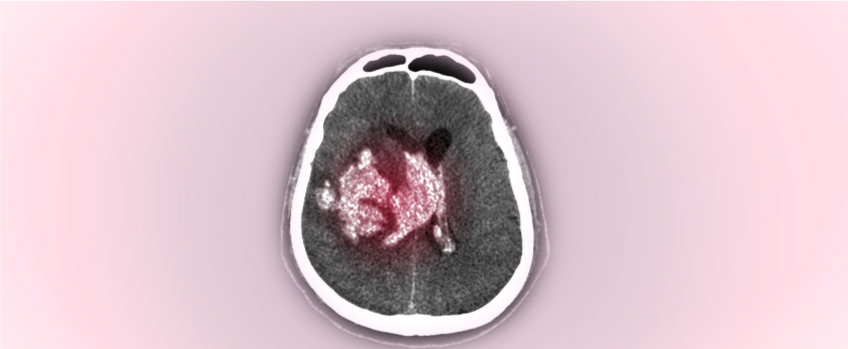Cerebral Contusion and Intracerebral Haematoma

A cerebral contusion is a traumatic brain injury that causes scattered bleeding and bruising of the brain tissue. A haematoma is heavy bleeding into or around the brain. The severity of a TBI can range from a mild concussion to coma or even death. Cerebral contusion may occur along with a haematoma in the brain.
Treatment Options
Any minor or major brain injury should be monitored closely under a doctor’s supervision. It is an emergency condition that requires immediate treatment. The treatment options vary according to the type and severity of the injury.
Treatment may include:
- Surgical intervention with a craniotomy to remove the cerebral contusion.
- Medication to control the intracranial pressure.
What are the symptoms of a Cerebral Contusion and Intracerebral Haematoma?
After any sort of a brain injury, the patient should be carefully observed and noted for the following symptoms:















A contusion occurs when a sudden physical assault causes damage to the brain.
The major causes of TBI are
- Motor vehicle accidents.
- Sports or physical activity.
- Assaults.
- For people over 65, falls.
- Contrecoup – TBI in response to the shaking of the brain within the confines of the skull.
- Shaken baby syndrome – when a baby is forcibly shaken to cause extreme contrecoup injury.
Damage to a major blood vessel within the head can cause a haematoma or heavy bleeding in or around the brain.
A thorough physical and neurological examination of the patient, along with an effective diagnostic procedure, is important in evaluating the condition of the patient.
Diagnostic procedure:
- Computed tomography (CT) brain scans
- MRI

